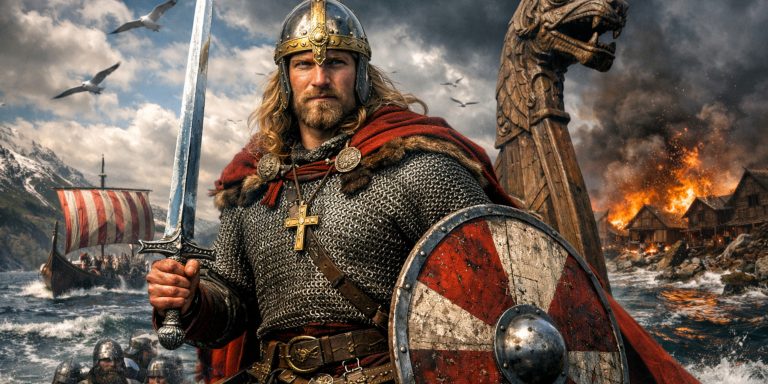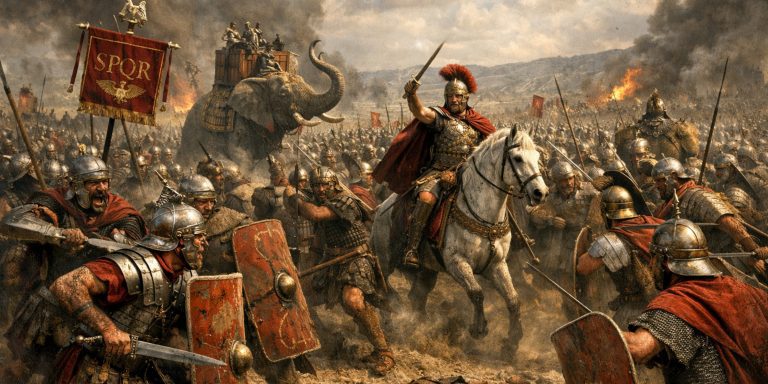
There are war epics, and then there is Red Cliff. John Woo’s 2008 masterpiece doesn’t just depict the Battle of Red Cliff, it practically engraves it into your memory. Forget CGI armies that all look the same, this film feels tactile, dangerous, and strangely intimate for something involving hundreds of thousands of troops. It’s the rare kind of movie that turns ancient Chinese history into cinematic poetry, while also reminding you that power, loyalty, and strategy are universal obsessions.
A Cinematic Retelling of the Three Kingdoms
Based on the legendary Romance of the Three Kingdoms, Red Cliff dramatizes the 208 AD clash between the warlords Cao Cao and the combined forces of Sun Quan and Liu Bei. What could have been a dusty history lesson becomes a sweeping human drama. John Woo doesn’t just show armies marching, he shows ambition colliding with morality, alliances built on fragile trust, and a battlefield that feels like an extension of the characters’ emotions.
For anyone who has ever played Dynasty Warriors, this is the film that gives that chaos meaning.
The Battle Scenes That Rewrote the Rulebook
Every arrow, sword strike, and explosion in Red Cliff feels choreographed like a dance. The naval sequences alone are jaw-dropping, especially considering the limited CGI and real sets used. Woo’s signature style, slow-motion intensity, poetic framing, and bursts of operatic violence, translates perfectly from Hong Kong gunfights to ancient warfare.
There’s a kind of painterly precision to the combat. Horses crash through formation lines, ships burn in the mist, and a single strategist’s gesture can change the tide of war. It’s not just spectacle, it’s storytelling through destruction.
Characters That Breathe Through the Myth
Tony Leung as Zhou Yu and Takeshi Kaneshiro as Zhuge Liang make strategy feel sexy. Their scenes of planning and philosophical banter have more tension than most modern action sequences. These aren’t just generals, they’re thinkers, poets, and men caught between loyalty and survival.
Cao Cao, played by Zhang Fengyi, is no cartoon villain either. He’s dangerous precisely because he’s understandable. Ambition, after all, is only monstrous when it wins.
The Two Cuts: East vs West
It’s impossible to talk about Red Cliff without mentioning the infamous Western cut. The original Chinese version is nearly five hours long, split into two parts, while the international release condensed it into a single film. The shorter version, though still impressive, loses much of the character development and emotional pacing that makes the full version legendary.
If you’re watching for the first time, go for the two-part version. It’s worth every minute.
Why It stands the test of time
Red Cliff stands as a monument to what large-scale filmmaking can achieve without losing humanity. Long before Hollywood rediscovered the historical epic through Gladiator or Kingdom of Heaven, Chinese cinema was already there, mixing myth and realism with emotional precision.
In an era dominated by CGI-heavy blockbusters, Red Cliff reminds us what happens when real sets, genuine performances, and carefully orchestrated battles converge. It’s not nostalgia, it’s craftsmanship.
The Legacy of Red Cliff
More than a decade later, no Chinese war epic has matched its combination of scale, intimacy, and artistry. It set a benchmark not just for Asian cinema, but for world cinema as a whole.
John Woo managed to blend his operatic sensibilities with Chinese classical storytelling, creating something that feels both timeless and unrepeatable. It’s the rare historical film that feels alive, like the drums of war might still echo if you listen hard enough.
Where to Watch Red Cliff
If you’re ready to experience Red Cliff in all its glory, here’s where you can find it:
- Amazon Prime Video: Both the international version and the full two-part Chinese edition are available for rent or purchase.
- Apple TV / iTunes: Offers HD streaming with English subtitles and Dolby sound.
- Blu-ray and DVD: The definitive two-part edition is widely available online through retailers like Amazon and YesAsia.
- Netflix (Regional Availability): Occasionally rotates in select regions, particularly in Asia.
Pro tip: if you’re serious about the experience, watch it in Mandarin with subtitles. The performances carry a weight that gets lost in dubbing.
The Seven Swords Takeaway
Red Cliff isn’t just about the clash of armies; it’s about the collision of ideals. It’s about pride, intellect, and the terrifying beauty of warfare seen through the lens of artistry. Watching it today feels like rediscovering what epic cinema was meant to be, grand, emotional, and impossible to forget.
Watch the Trailer:



